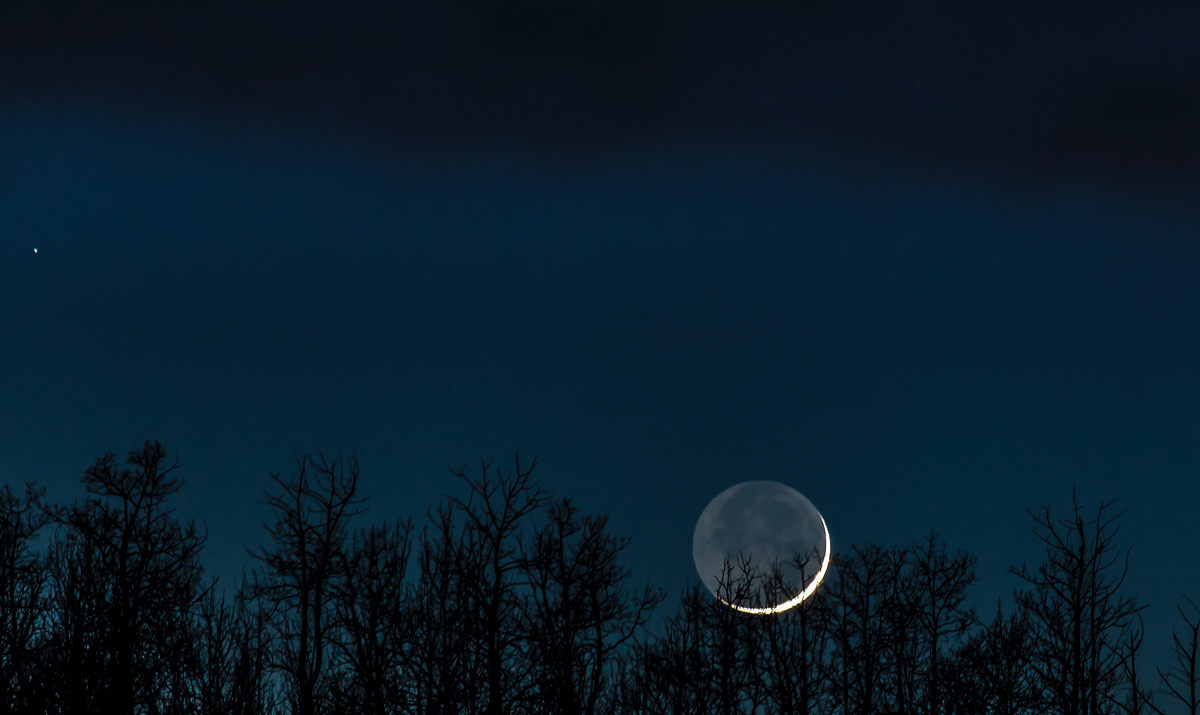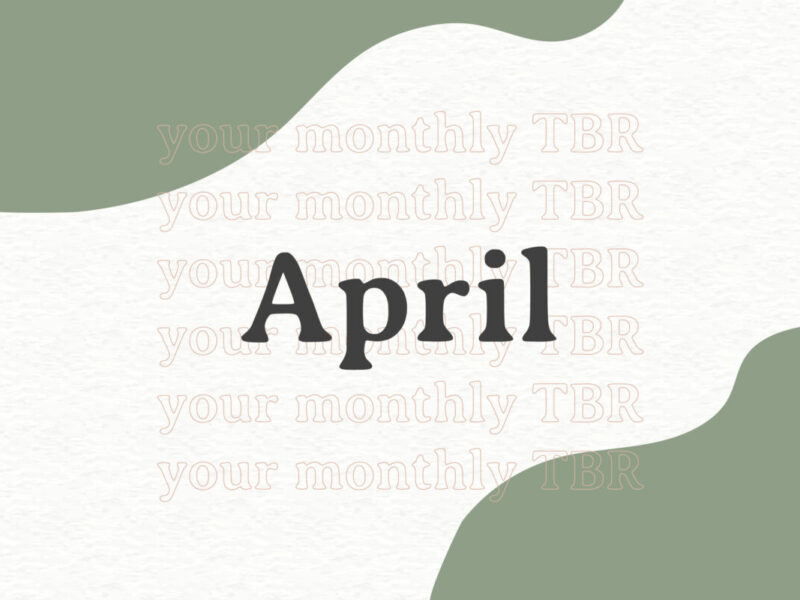3 New Moon Poems to Bring You Hope, Renewal, and Inspiration
The moon affects our planet: It forces our tides to swell and fall on our shores; it moderates the wobble of the Earth’s axis; it stabilizes our climate; and it guides the hatchling of sea turtles. If you consider the influences of astrology, numerology, mysticism, or folklore, you may see the moon as more than just a celestial orb. Some theories suggest that the moon affects our mood, our subconscious, and our psyche. It can also teach us about transformation, renewal, and change.
Full moons can help us see life from a holistic perspective whereas new moons are about renewal and fresh beginnings. New moons inspire us to begin projects we may have abandoned and to remain optimistic during the many phases of life. Like the sun, the moon is a recurring and constant symbol in our lives that guides us towards our dreams, hopes, and desires.
With 2021’s first new moon in January, the time is ripe for setting intentions, making wishes, and starting anew with our resolutions. Below are three poems that capture the mystery, vitality, and energy of a new moon. Read on for poetic inspiration and messages that can bring your hopes and desires to fruition.
“A NEW MOON” BY RUMI
A new moon teaches gradualness
and deliberation and how one gives birth
to oneself slowly. Patience with small details
makes perfect a large work, like the universe.
What nine months of attention does for an embryo
forty early mornings will do
for your gradually growing wholeness.
This spiritual poem by the mystic Rumi is simple yet profound. By observing the phases of the moon and its process of becoming full, we understand how patience is part of nature and also part of our human journey. We can seek this patience in our fast-paced lives by reminding ourselves of the deliberate work of nature, which takes its time and is not in a hurry.
In this poem, Rumi also reminds us that the new moon is the beginning of our month, like an embryo forming itself in the womb in the midst of darkness. On a new moon, we can start on a fresh canvas in our lives and paint whatever we want to create.
“NEW MOON” BY TED KOOSER
How much it must bear on its back,
a great ball of blue shadow
yet somehow it shines, keeps up
an appearance. For hours tonight,
I walked beneath it, learning.
I want to be better at carrying sorrow.
If my face is a mask, formed over
the shadows that fill me,
may I smile on the world like the moon.
Because we are looking at its shadow, we cannot see a new moon with the naked eye—but we definitely know it’s there. Soon, the moon’s crescent waxes, and in a matter of weeks, we will see the full moon embrace the sky. This lunar pattern gives us a sense of continuity and the passing of time. It gives a sense of coming full circle.
In “New Moon,” poet Ted Kooser observes this “great ball of blue shadow” and seeks to learn from it. He wants to understand how to bear sorrow like the moon but also stay bright and optimistic in spite of the darkness in his life. This humble way of learning from the moon teaches us how to remain strong despite the obstacles that life may bring. It teaches us to carry our shadows and sorrows without letting them consume us.
“LOOK TO THE NEW MOON” BY MAI DER VANG
This spiritual and romantic poem not only honors the moon and its role in our universe, it also lyrically describes the speaker’s awakening as a human being. The speaker imagines the beginning of her consciousness as a gilded sleep where she was left alone to “trample through a hundred / layers of night without a heart / to hold [her] guard.” Throughout the poem, the speaker longs for her beloved as she recounts the creation of their consciousness when they inhabited Arcturus. Now that she’s aware of herself, she realizes that she could have contacted him telepathically:
“If I had known all those days
to listen deep into myself so that you
would begin to hear me, I’d sooner
soak the decibels of your cells
into the exhale of my embrace.”
She ends the poem by reminding her beloved that he is not lost without her, as everything in our universe is interconnected. Using the new moon as her title and guide, poet Mai Der Vang reflects on the creation of the cosmos and its connection to our own creation. It’s a beautiful and imaginative poem that reminds us of the mystery in our unknown universe.
For more lunar poems, check out our article about each phase of the moon. You can also explore this anthology of lunar poems. And if you’re into astrology, you can set positive intentions and affirmations during January’s new moon. This is known as “new moon wishes,” a method of intention setting that astrologer Jan Spiller developed in her book, New Moon Astrology. It’s another way of connecting to our mystical moon and allowing its energy to inspire our lives.




